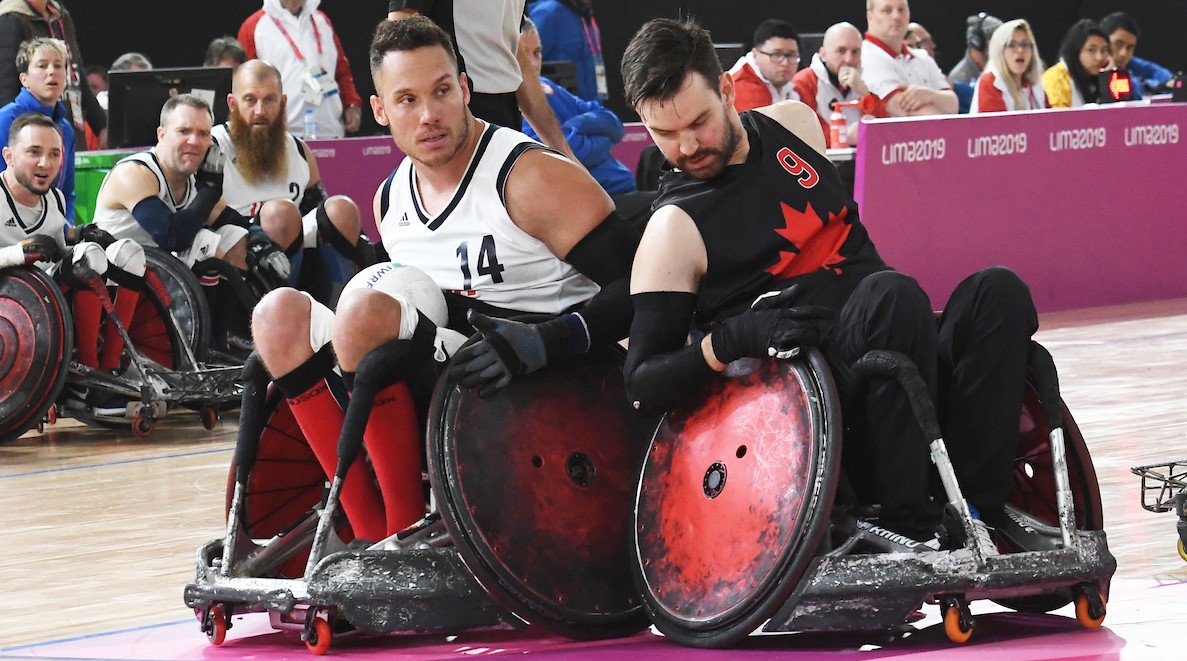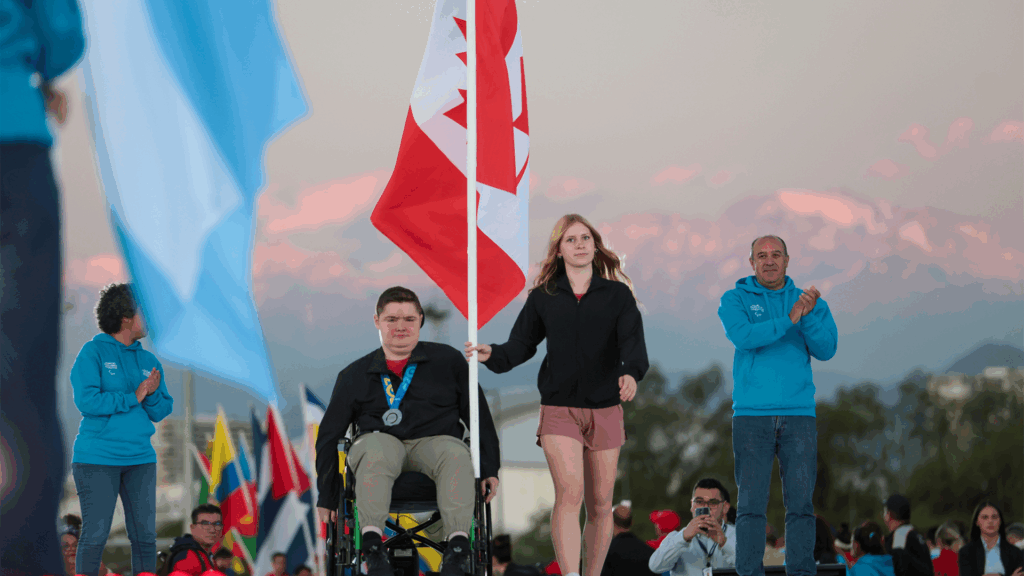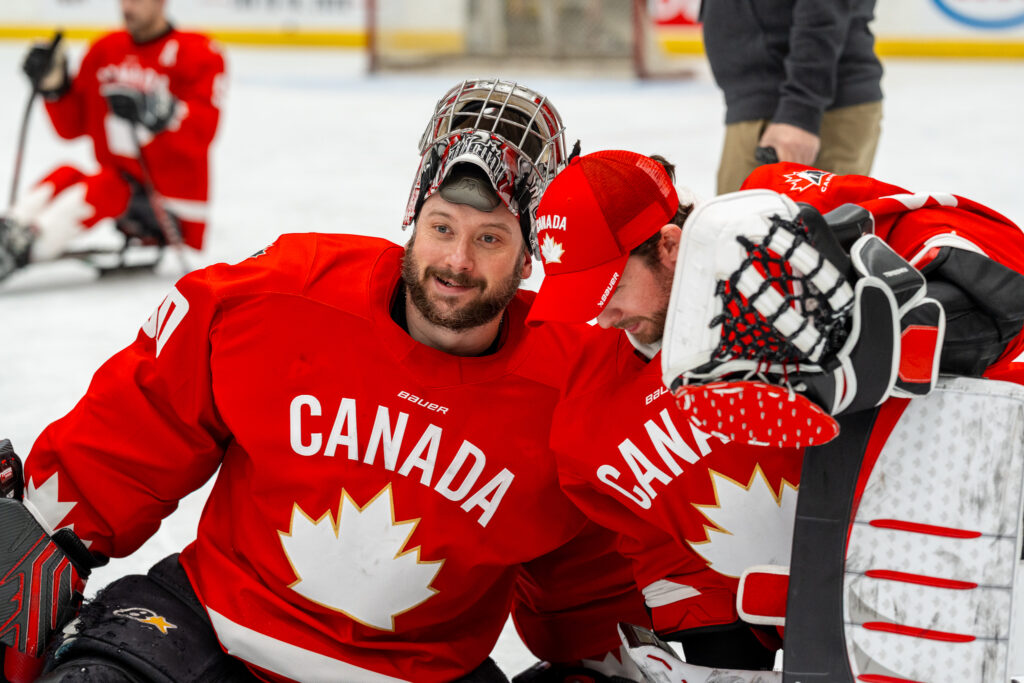Wheelchair rugby a wake-up call for Cody Caldwell
Documentary, teammate motivate Team Canada veteran

When Cody Caldwell first met his future national team wheelchair rugby teammate David Willsie, he was amazed at how someone with a similar disability could possess so much skill on the court.
‘’I met him at the first tournament I went to in Brockville,’’ said Caldwell about Willsie, now an assistant coach with Team Canada after starring at five Paralympic Games. ‘’We were meeting the players from the tournament, and he was a fun guy who liked to joke around and he was welcoming right off the bat.’’
That tournament showed Caldwell the hard work that would be required to one day crack a national team.
‘’Obviously the first time I watched him, I thought I was never going to be like that,’’ said Caldwell, who has now been on the squad since 2013. ‘’I could barely push up and down the court and we are the same classification. So that was eye opening to see how fast the sport was.
‘’But he coached me pretty much along the way, we had the same position, so he got me to where I am now.’’
Caldwell, 33, was diagnosed with quadriplegia following a swimming accident in 2008. Before that, he was an active athlete and played goalie in AAA hockey in his hometown of Peterborough, Ont.
‘’My occupational therapist at the Foothills Hospital in Calgary showed me the documentary Murderball which had come out a couple of years earlier,’’ said Caldwell, whose entire family is involved in wheelchair rugby including his father, Dave, an equipment manager for Team Canada.
‘’She said with your background and level of injury this is probably the sport you want to try.’’
The atmosphere amongst wheelchair rugby players reminded him of the camaraderie experienced in hockey.
“It’s a team sport and the way the guys were interviewed [in the documentary] just reminded me a lot of hockey,’’ Caldwell said.
He also says being able to see them do things on their own, like driving and going to the gym, at a time when he was still freshly injured was an eye-opener to see what was possible.
Of course, the memory of his first attempt at the sport blew the doors open.
‘’There was a demo at the rehab centre with a national team member,’’ he recalls. ‘’All I got to do was sit in a chair and push in a 10-foot circle. It wasn’t very fast but I got that rush to where I thought ‘I can do this’.
And now he’s headed to his second Paralympic Games.
For more stories about Canada’s Tokyo 2020 Paralympians, visit Paralympic.ca/powerofsport



"*" indicates required fields
"*" indicates required fields